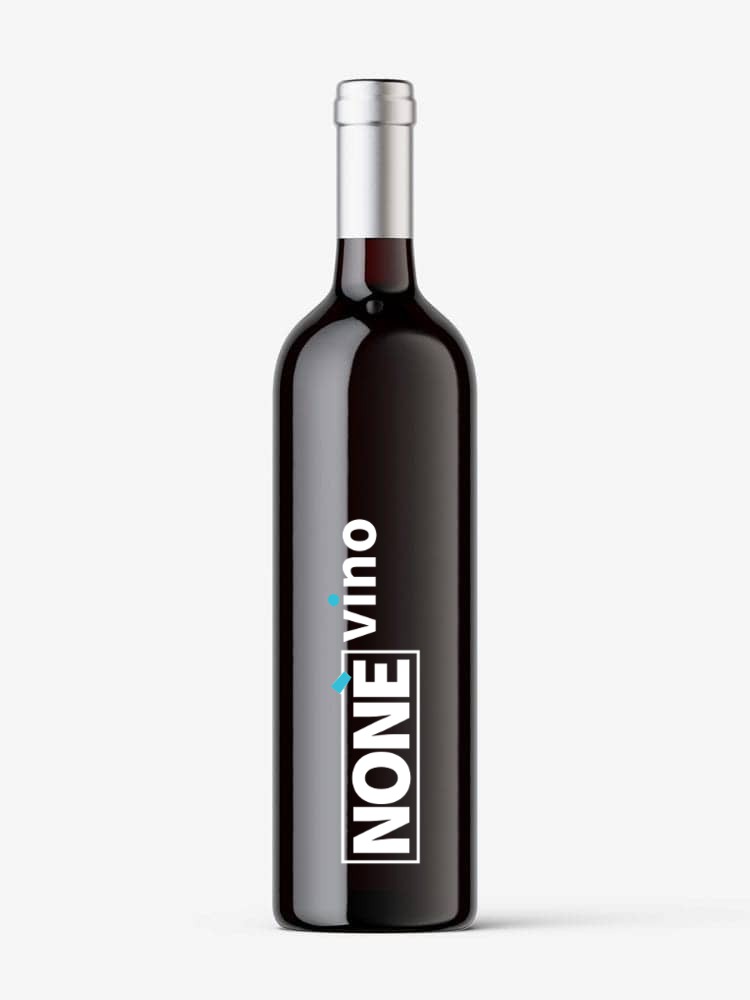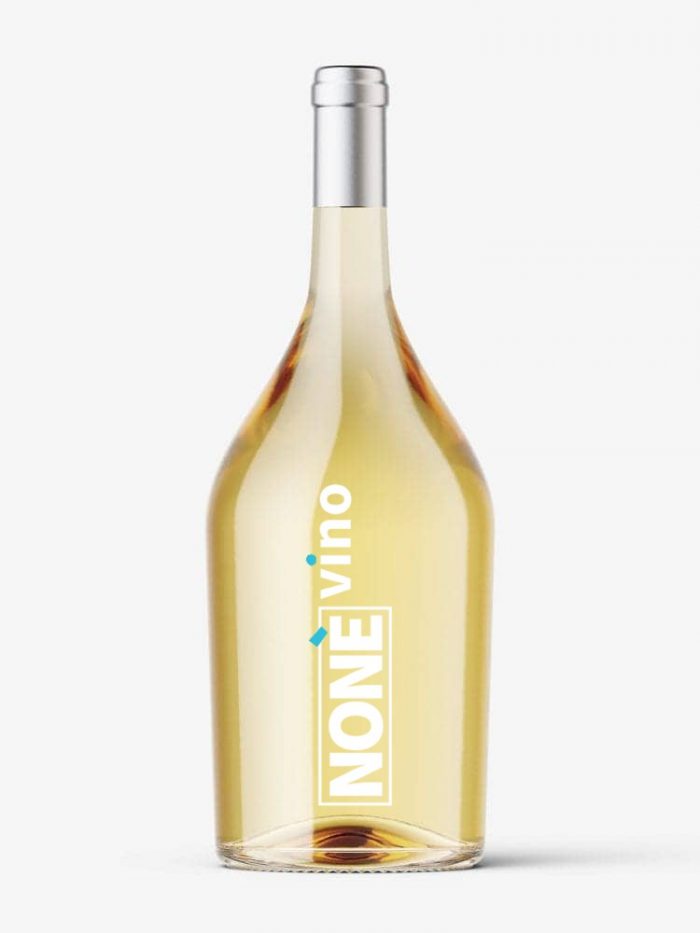The geographical area dedicated to the production of Chianti Classico DOCG wine extends over the hills of the central Tuscan Apennines, in an area that is adequately ventilated, bright and favorable to the fulfillment of all the vegetative-productive functions of the vineyards.
The Production Area of the Chianti Classico DOCG Wine is located in:
– The province of Florence and includes the territory of the municipalities of Greve in Chianti and part of the territory of the municipalities of Barberino Val d’Elsa, San Casciano in Val di Pesa and Tavarnelle Val di Pesa.
– The province of Siena and includes the territory of the municipalities of Castellina in Chianti, Gaiole in Chianti and Radda in Chianti and, in part, the territory of the municipalities of Castelnuovo Berardenga and Poggibonsi.
During the vinification phases, only loyal and constant oenological practices of the area are allowed, suitable to give the wines their particular quality characteristics.
The oenological practices of vinification of the Chianti Classico DOCG wine include, among other things, that:
The maximum yield of grapes in DOCG Chianti Classico wine must not exceed 70%; if these parameters are exceeded within the limit of 5%, the excess will not be entitled to the DOC. Beyond these limits the right to DOC for the whole product lapses.
The DOCG Chianti Classico wine with the mention of Riserva must be aged for at least 24 months, of which at least 3 are aged in the bottle.
The DOCG Chianti Classico Gran Selezione wine must be aged for at least 30 months, of which at least 3 months of aging in the bottle.
The Chianti Classico DOCG is exclusively and compulsorily marked with the ” Gallo Nero ” brand .
In the designation of Chianti Classico DOCG wines, the term ” Vigna” may be mentioned as long as it is followed by the relative toponym and certain winemaking practices are respected.
On the labels of each type of DOCG Chianti Classico wine it is mandatory to report the year of production of the grapes.
The Chianti Classico area is a land of ancient winemaking traditions of which Etruscan and Roman testimonies exist which are legal to the world of wine. In medieval times, Chianti was a land of continuous battles between the cities of Florence and Siena and in that period, villages and abbeys, castles and strongholds were born, which were then partially transformed into villas and residences. It was therefore at the end of the Middle Ages that large spaces were dedicated to the cultivation of the vine which gradually acquired economic importance and international fame.
The wine that is born in this land is mentioned starting from 1200 in manuscripts, chronicles, historical documents. The first notarial document in which the name Chianti appears to refer to the wine produced in this area dates back to 1398. As early as the 17th century, exports to England were no longer occasional.
The Chianti Classico production area is the first wine production area in the world to have been defined by law, with a 1716 ban by the Grand Duke of Tuscany Cosimo III . This announcement specified the boundaries of the areas within which Chianti wines could be produced (“for Chianti it remained determined and both. From Spedaluzzo to Greve; from there to Panzano, with all the Podesteria of Radda, which contains three thirds, that is Radda, Gajole and Castellina, reaching the border of the State of Siena “) and established a congregation to supervise production, shipping, control against fraud and trade in wines (a sort of progenitor of the Consortia).
Until the 1700s, the wine of the Chianti area was produced using only the grapes of the Sangiovese vine; from the early 1800s the practice of mixing different grape varieties began to be applied to improve the quality of the wine produced. In that period various blends were tested, but it was Baron Bettino Ricasoli,
between 1834 and 1837 who popularized the composition he considered most suitable for obtaining a pleasant, sparkling and ready-to-drink red wine which would later become the basis of official composition of Chianti wine: 70% Sangioveto (local denomination for Sangiovese), 15% Canaiolo, 15% Malvasia; and the application of the government practice to the Tuscan use.
Not being the production of the territory, at that time, able to cope with the growing demand, wine began to be produced, with the systems and blends used in Chianti, even in the neighboring territories, obtaining products that, at first, they were called to the “Chianti use”, and which later were even sold as Chianti tout court. The famous wine produced in the geographical area of Chianti was then “imitated” in other parts of Tuscany, making it necessary to create an organism to protect it from plagiarism.
To this end, on May 14, 1924, a group of 33 producers set up the Consortium for the defense of Chianti wine and its brand of origin. In 1932 an interministerial decree recognized the right to use the “Classico” specification for wine from the area of older origin Chianti as it is produced in the historic area. It was therefore on this occasion that the Chianti Classico denomination was definitive for the first time. At the conclusion of a process that lasted 70 years, with the decree of 5 August 1996, Chianti Classico wine is recognized as independent from generic Chianti with a specific disciplinary.
The producers of this denomination have always favored the use of the indigenous Sangiovese grape, so much so that Chianti Classico wine can also be produced with 100% of this grape variety, perpetuating the maintenance of cultivation techniques that do not modify the peculiar characteristics of the grape. In this regard, in 1987 a very important research project called “Chianti Classico 2000” began, which selected and approved new clones of Sangiovese and Colorino.
The Chianti Classico DOCG wine obtained the recognition of the Controlled Designation of Origin on 9 August 1967, then DOCG on 2 July 1984.







